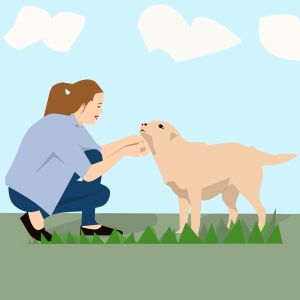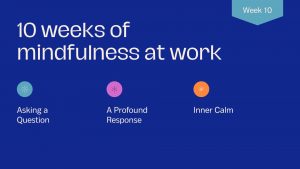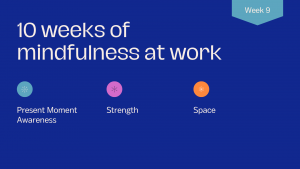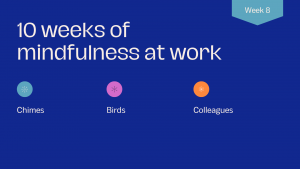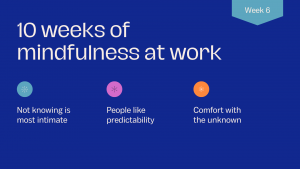Practicing Gratitude
Click Here to Listen to a Gratitude Practice Meditation
Want to boost your mood? Try a daily gratitude practice! Studies show that practicing gratitude has significant health benefits, both for mental health and physical health. Thanksgiving time is a perfect time of year to introduce this practice into your life.
To practice, devote a few minutes each day to reflecting upon someone or something for which you’re grateful. Perhaps it’s a family member or a friendly neighbor. A beloved pet. The color of the autumn leaves. Your hands as they help you care for the rest of your body, carefully lifting a warm cup of tea to your lips or washing your hair in a hot shower.
You may want to try a different reflection each day, or alternately use the same one. There’s no right or wrong. Simply notice the feelings of gratitude as you imagine that for which you’re grateful. Focus on how you feel — mind, body and spirit. You may even want to journal about your experience.
If you can, choose the same practice time each day, associating it with something you do regularly, such as brushing your teeth or getting ready for sleep at night. Consider prioritizing your gratitude practice, so you can boost your mood throughout the holiday season and in the years to come.
